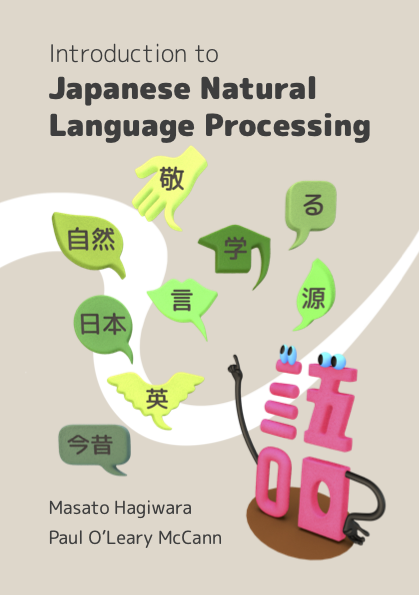Masato Hagiwara is an independent NLP/ML researcher and engineer at Octanove Labs.
He works on educational and Asian language processing projects with world class startups and research institutes.
He received his Ph.D. degree in Information Science from Nagoya University in 2009, and worked at companies including Google, Microsoft Research, Baidu, and Duolingo.
An author of several best-selling NLP books.
Paul O'Leary McCann is a consultant and member of the spaCy development team. Based
in Tokyo since 2011, he maintains the most popular Japanese tokenizer in
Python. Outside of his work on NLP he helps out with Tokyo Indies, a monthly
game developer meetup.



